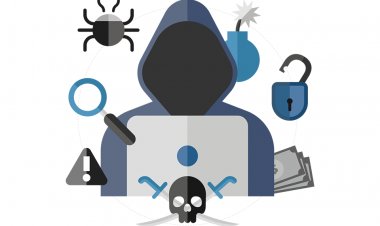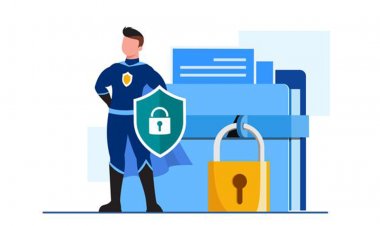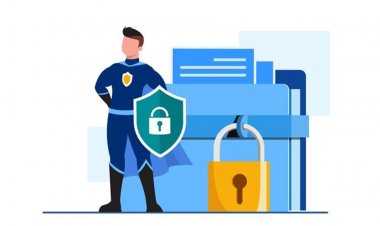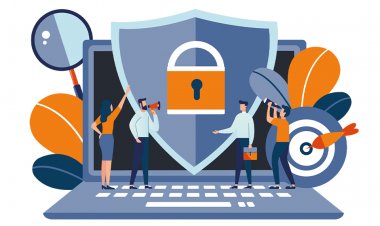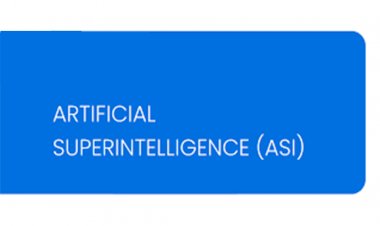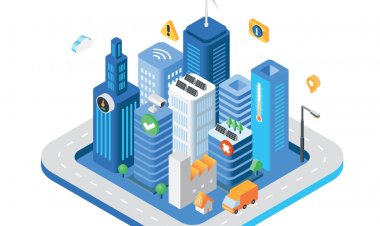Cyber Security
Cyber security is a technological application that uses process and control to protect systems, devices, networks, programmers, and data against cyber-attacks and reduce the possibility of cyber-attacks.
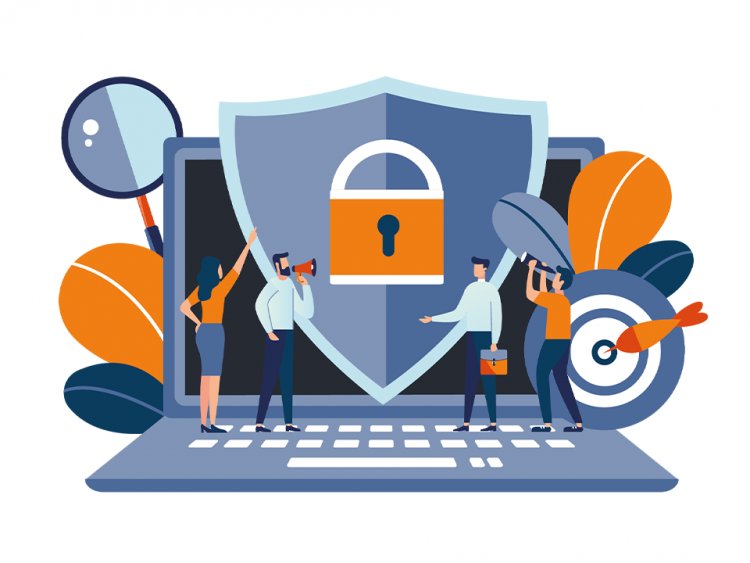
Introduction:
Registers were traditionally used to handle all areas of a business or organization. Now, technological progress has arrived. All business and organizational work is now done on computers. Computers are used by banks to maintain all of their client records. Assume you are working with a company and are planning to launch a product on the following day of the month. What would you do if your market competitors hack your whole database? The practice of safeguarding computers, servers, mobile devices, electronic systems, networks, and data against hostile assaults and unauthorized users (hackers) is known as cyber security.
What is Cyber Security?
It is a technology application that employs procedures and control to safeguard systems, devices, networks, programmers, and data against cyber-attacks. Reduce the risk of cyber-attacks by not allowing unauthorized access to data used to exploit systems, networks, and technologies.
What is the purpose of Cyber security?
It is used to secure data, other commuting possessions, or other belongings to a company's network. Its primary goal is to protect such assets from any security risks across the whole life cycle of cyber-attacks.
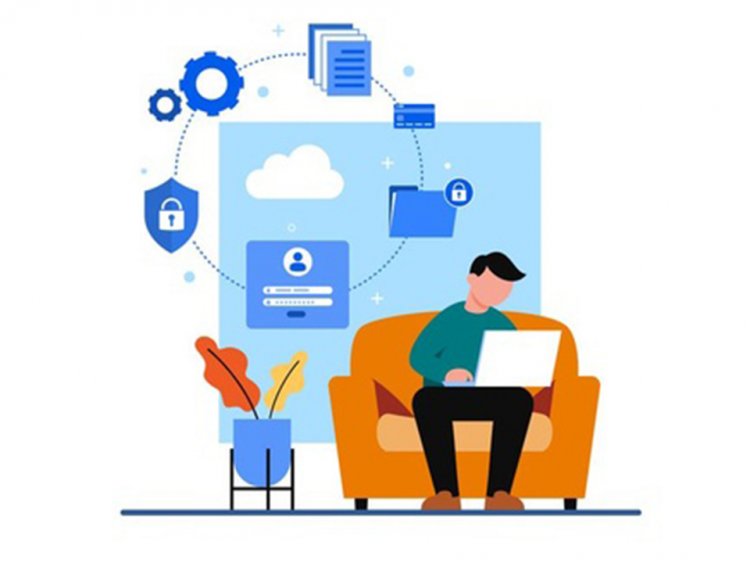
What are the goals of cyber security?
The three aims that the CIA triad assures are data and network confidentiality, integrity, and availability.
What are the Principles of Cyber security?
The three primary principles of cyber security are governed, protected, and detect.
Govern: identify and handle security risks.
Protect: Make security controls practicable in order to decrease security threats and risks.
Detect: detect and comprehend security incidents.
How does cyber security function?
It is constructed in such a manner that it provides many levels of safety and security across all of the business's systems, computer networks, and programmers. Employees are required if you want to have an effective defense against cyber-attacks; procedures and technology are meant to function in tandem. When cyber security systems are effectively manned, they will be able to identify, analyses, and repair possible vulnerabilities and holes in the system before they are exploited by a hacker or harmful software.[1]
There are different types of security as follows.
Network security is the technique of defending a computer system against intruders, whether purposeful attackers or opportunistic malware.
The primary goal of application security is to keep the software device safe from attacks. Security begins in the design stage, long before a programmer or device is deployed.
Information security:
Preserves the integrity and privacy of data during storage and transmission.
Operational security:
Processes and judgments or decisions for monitoring and safeguarding data assets.
Disaster recovery and business continuity:
A cyber-security incident or any other event that results in the loss of processes or data, and how an organization responds to it Disaster recovery policies govern how an organization reinstates its procedures and statistics in order to take up again activities at the same level as before the incident.
End-user education:
It covers the most impulsive aspect of cyber security, since anybody may unwittingly inject a virus into an otherwise protected system by neglecting to follow appropriate security standards. Teaching people to delete suspicious email attachments, not to plug in unrecognized USB devices, and a variety of other crucial lessons is critical for any organization's security.[2]
What Benefits does Cyber Security give?
- Safeguards the system against viruses, worms, spyware, and other potentially harmful programmers
- Security against data theft
- Safeguards the computer from being hacked
- Reduces the likelihood of computer freezes and crashes
- It provides consumers with privacy.
What are the drawbacks of cyber security?
- It protects the system from viruses, worms, spyware, and other potentially damaging applications.
- Security against data theft
- It protects the computer against hacking.
- It lessens the possibility of computer freezes and crashes.
- It shelters consumers' privacy.
Conclusion:
Cyber security is one of the most significant aspects of the digital world since it protects data from unauthorized individuals, viruses, worms, spyware, and other potentially destructive software (hackers). When cyber security systems are effectively manned, they will be able to identify, analyses, and repair possible vulnerabilities and holes in the system before they are exploited by a hacker or harmful software.
- What Is Cybersecurity And How Does It Work? November 5, 2020; Available from: https://nexthop.ca/it-news/what-is-cybersecurity-and-how-does-it-work/.
- What is Cyber Security? ; Available from: https://www.kaspersky.com/resource-center/definitions/what-is-cyber-security.

 admin
admin 






